Most of the time, dog owners have a question related to their dog. Why do dogs pant in the car is one of them. There are a few reasons why dogs do this. Normally, dogs pant in order to cool down. Saliva evaporates from the tongue and helps keep the temperature down. In the car, this is just one of the reasons, as you shall see below. Without further ado, let’s begin.
The Physiology of Dogs’ Panting
Panting is a common physiological response exhibited by dogs that serves multiple essential functions integral to maintaining optimal health and comfort. Unlike humans, dogs have a limited number of sweat glands, primarily located in their paw pads. This anatomical feature restricts their ability to cool down through sweating, making panting a vital mechanism to regulate body temperature, especially in warmer environments or during periods of heightened activity.
When a dog pants, it takes rapid, shallow breaths, which leads to the evaporation of moisture from the tongue, upper throat, and lining of the lungs. This process effectively dissipates heat, helping to lower the dog’s core body temperature. The increased breathing rate also boosts oxygen circulation, ensuring that vital organs receive adequate oxygen supply to function efficiently.
Beyond thermal regulation, panting can also be a reflexive response to various emotional states, including anxiety, excitement, and stress. In scenarios like car rides, the multifaceted nature of panting becomes evident. Dogs might pant due to the excitement of the journey, the anxiety induced by the moving vehicle, or simply the need to cool down if the car’s interior temperature is elevated.
Understanding the intricacies of a dog’s panting physiology provides insights into their emotional and physical states. It allows pet owners to distinguish between normal panting, indicative of thermoregulation or excitement, and excessive panting that could signal underlying health issues or severe stress. This knowledge is pivotal to ensuring the well-being of dogs, particularly in environments or situations where panting is prominently observed, such as car rides.
7 Reasons Why Do Dogs Pant In The Car
1. He Is Uncomfortable
Why do dogs pant in the car? They are uncomfortable. The most common reasons for that are lack of space and high temperatures. As you already know, driving in a car is not natural for dogs, so most of them are feeling awkward. Some dog owners will start this type of training when their dogs are puppies. This does work well.
-
Solution
If you have a large car or even better SUV, you should let him sit in the back. If you have a small car, use a crate. A crate can make an excellent spot where your dog can rest and relax. In both cases, make sure that the temperature is ideal for your dog.
2. Dehydration
This issue is common when the temperature is high and can be easily seen as a part of the overheating issue we will cover below. Dogs can overheat easily, and they will pant to remove water, so they can dehydrate. This is a huge issue for a dog. You need to react immediately.
-
Solution
The only thing you can do here is give your dog water. If his tongue is dry and he is drooling, you need to react immediately. It is also possible to notice these symptoms 30 minutes after the drive. Once again, freshwater is a must. Don’t forget that a dog can drink a lot of water in this scenario, so be prepared.
3. Your Dog Is Really Scared
Yes, your dog might be scared of the car ride. It is not an ideal environment for a dog, so he will pant in order to relax and feel better. Dogs are unable to understand what happens in a car and how they can move like this. It is not an environment where he spends most of the time; hence, it is an unknown environment.
-
Solution
There are a few things you can do in this case. The first one is to avoid sudden moves, harsh braking, etc. Give your dog a treat and make him safe and comfortable. It is best if another person can sit next to him and play as you drive.

4. Due To Pain
This is a bit more complicated to define. A dog who is in pain will pant all the time or most of the time. See, dogs use panting when they are in discomfort. Pain will cause massive discomfort. As such, your dog will pant in the car and even when outside.
-
Solution
Take your dog to a vet. If you notice that he is doing this all the time or frequently, (even when the temperature is low) a vet check is mandatory. Most of the treatments are very successful.
5. Motion Sickness
Motion sickness happens in dogs and humans. It is rather a common thing. This happens because driving affects their balance and their eyesight. Once again, a dog will move fast and he cannot control his movement.
-
Solution
Here you can do a simple thing. You can cover the windows of your car so he can’t see outside. This works well and it is an extremely effective process. You can also make sure that a dog will get used to driving. Allow him to adapt before you even go.
6. He Is Too Hot
Your dog can get hot easily. Add the fact that he can get excited as well and you can see the risk here. This is an ideal recipe for heatstroke and it is a severe problem. It is important to add that even dogs with very short fur can overheat easily.
-
Solution
There are a few obvious things you can do in this scenario. The first one is to use AC on your car and make the inside temperature ideal. You can also avoid driving when the temperature is too high. If you notice that his tongue is dry, immediately give him water.
7. Medical Issue
A dog can pant when he is ill or when he simply has some medical issue. Deep and slow breathing can be the symptom to look for. Freshwater won’t help your dog. However, if this is the case, you will notice that he is behaving strangely even when outside the car.
-
Solution
The only thing you can actually do is to take him to a vet. Do this as soon as you can and your dog will be fine. There are all sorts of medical issues that can cause excessive panting. Only a vet can diagnose and discover the right one.
Managing Dogs’ Panting in the Car
Managing a dog’s panting during car rides involves a comprehensive approach that takes into consideration the dog’s comfort, safety, and emotional well-being. Here are practical steps to mitigate excessive panting and ensure your canine companion remains calm and comfortable during journeys:
1. Acclimatization:
Start with short drives to familiarize your dog with the car environment. Gradually increase the duration as your dog becomes more comfortable, reducing anxiety-induced panting.
2. Temperature Control:
Ensure the car’s interior is cool and well-ventilated. Use air conditioning or crack open windows to maintain an optimal temperature, preventing overheating and excessive panting.
3. Secure Seating:
Utilize pet seat belts or carriers to keep the dog safe and secure. Stability during the ride can minimize anxiety and the resultant panting.
4. Familiar Items:
Bring along your dog’s favorite toys, blankets, or items carrying home scents to provide comfort and reduce anxiety.
5. Hydration:
Have fresh water available to keep your dog hydrated. Water intake can also alleviate anxiety and keep their body temperature regulated.
6. Breaks:
Schedule stops during long journeys to allow your dog to stretch, relieve themselves, and take a break from the car’s confined space.
7. Health Check:
If the panting is excessive and uncharacteristic, consult a vet to rule out potential health issues that could be exacerbated by car rides.
8. Training and Behavior Modification:
Consider behavioral training or consult a professional if anxiety is severe. Techniques can be employed to associate car rides with positive experiences, reducing anxiety.
9. Medication (if necessary):
In extreme cases, and with the vet’s approval, specific medications or supplements can be administered to calm an overly anxious dog.
Through these methods, pet owners can significantly reduce the intensity and frequency of a dog’s panting during car rides, ensuring both the dog’s and the owner’s experience is pleasant and stress-free. Being attuned to the dog’s needs and behaviors during car rides is pivotal in implementing effective management strategies.
The Final Word
Dogs panting in the car is a common phenomenon, often rooted in anxiety, excitement, or the need to cool down. Understanding the underlying causes and adopting tailored strategies can markedly enhance your dog’s comfort during car journeys. From maintaining an optimal temperature to incorporating familiar items and ensuring regular breaks, each measure contributes to a more relaxed and enjoyable ride for your furry friend.
Monitoring and addressing this behavior not only ensures your dog’s well-being but also makes traveling with your canine companion a more delightful and stress-free experience for both of you. Always pay close attention to your dog’s signals and behaviors, and when in doubt, seek professional advice to ensure their health and comfort at all times.

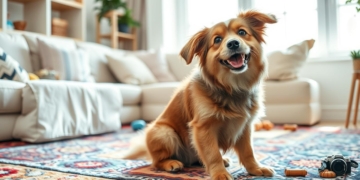



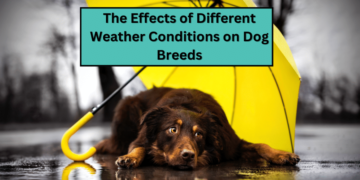
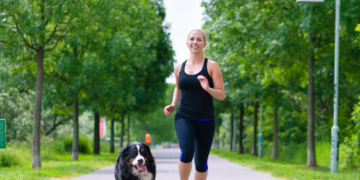
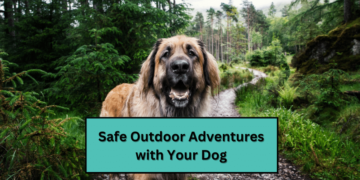
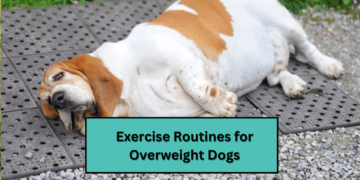
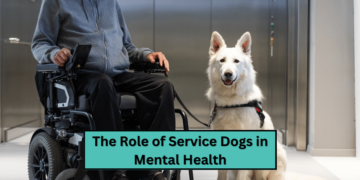
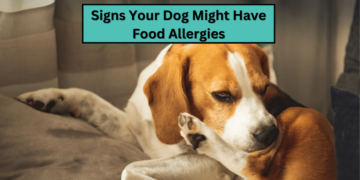

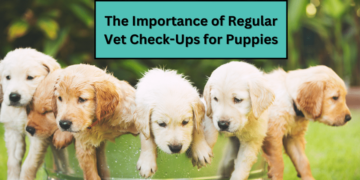
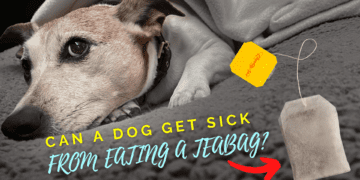

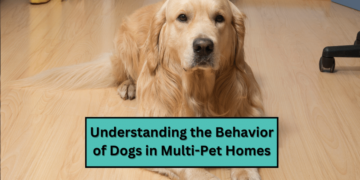
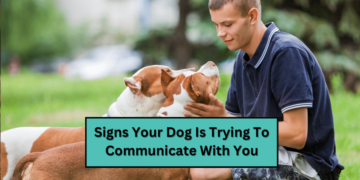
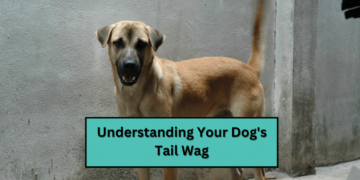

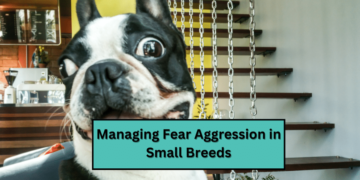



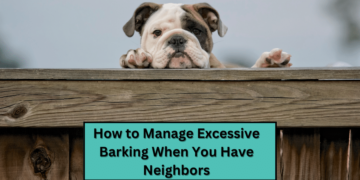










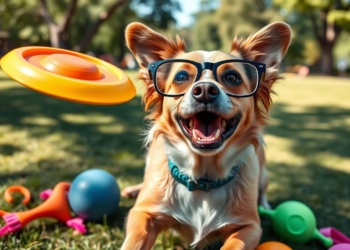


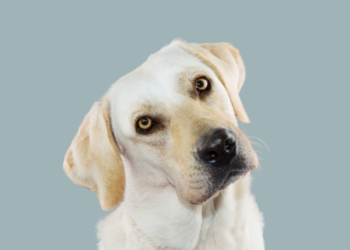

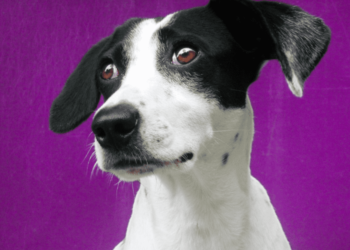











Discussion about this post